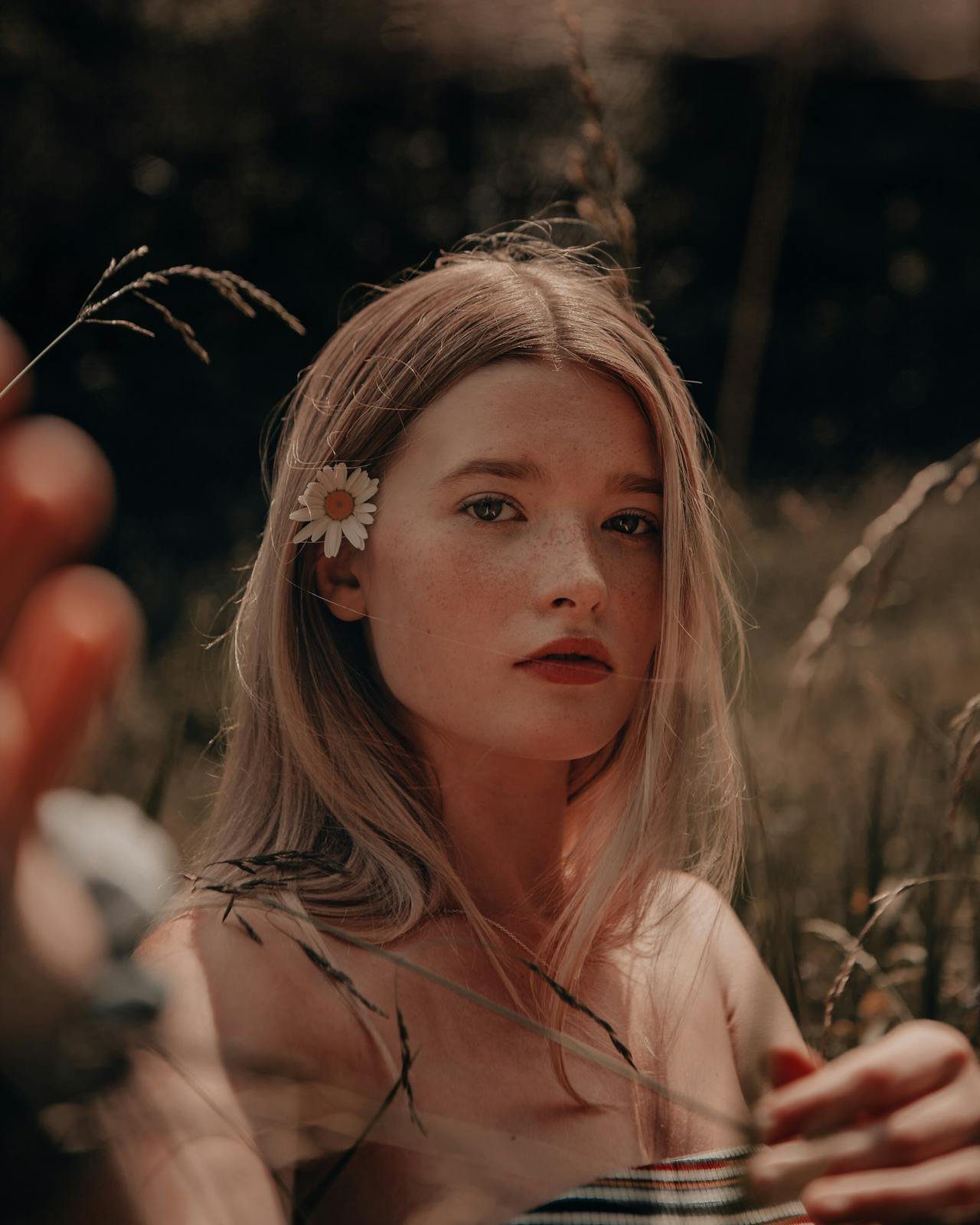Arrangement: A collection of flowers artistically designed and placed in a container.
Boutonnière: A small floral arrangement worn on the lapel of a jacket, typically for formal occasions.
Bouquet: A bunch of flowers arranged together, often wrapped in paper or tied with a ribbon.
Bud Vase: A small vase designed to hold a single flower or a few small flowers.
Centerpiece: A floral arrangement placed in the center of a table, often used for decoration at events.
Corsage: A small bouquet of flowers worn on a woman’s wrist or pinned to her dress, usually for formal events.
Delivery Window: The specific time frame during which the flower delivery is expected to arrive.
Floral Foam: A spongy material used to hold flowers in place and keep them hydrated in arrangements.
Florist: A professional who arranges and sells flowers.
Fresh Cut Flowers: Flowers that have been recently cut from the plant and are used in arrangements.
Greenery: Foliage used in floral arrangements to add texture and fill space.
Hand-Tied Bouquet: A bouquet where the stems are tied together by hand, often with a ribbon.
Ikebana: The Japanese art of flower arrangement, emphasizing harmony, balance, and simplicity.
Posy: A small, round bouquet of flowers, often given as a gift.
Seasonal Flowers: Flowers that are in bloom and readily available during a particular season.
Single Stem: A single flower on its stem, often given as a simple and elegant gift.
Subscription Service: A service where customers receive regular flower deliveries, often on a weekly or monthly basis.
Sympathy Flowers: Floral arrangements sent to express condolences, often to a funeral or the home of the bereaved.
Vase Arrangement: Flowers arranged in a vase, ready for display.
Wreath: A circular arrangement of flowers and foliage, often used for decoration or as a symbol of remembrance.



